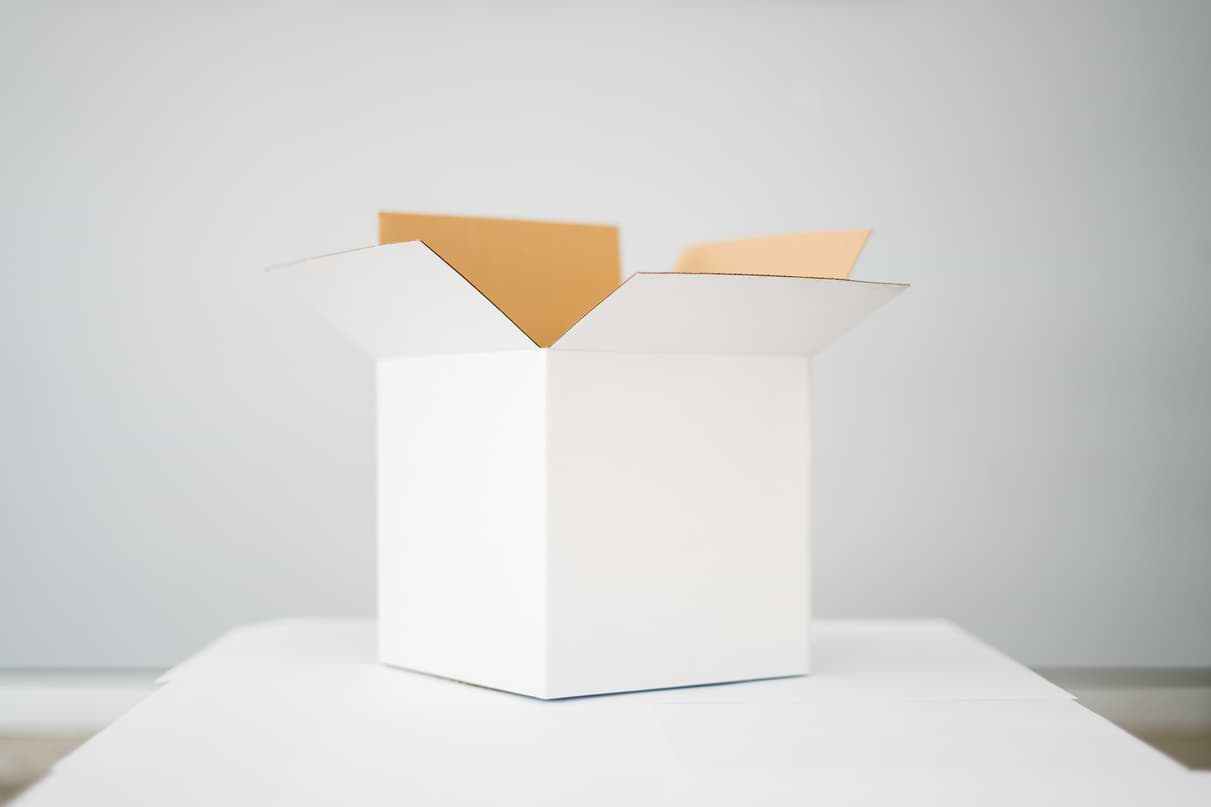Disclosure: This post contains affiliate links and we earn a small commission when you make a purchase or take action after clicking these links.
Cardboard is a very versatile material. Whether it’s for low-cost packaging, art projects, storage, compost, or a hundred other uses, you can bet that there are going to be a lot of cardboard products available for your use.
While cardboard is reliable for most purposes, you might be worried about the material breaking when you least expect it. After all, cardboard is a biodegradable paper-based product, so if you want to ensure your cardboard is strengthened and reinforced for less breakage, here are a few tips you can try to harden your cardboard. Not all tips may work depending on your cardboard’s purposes, though, so be sure to check each tip and see what’s the best one for your needs.
Purchasing Quality Cardboard
The easiest thing you can do to ensure you have stronger cardboard is by purchasing high-quality cardboard from your hardware or craft store. Cheaper cardboards are often very soft and will easily crease and rip with little effort. Higher-quality cardboards will come at a price, but you can bet that its quality is more durable and reliable.
Products made with corrugated cardboard, for example, are much more durable than flat cardboard. Not only do the fluted sheets in the middle of the cardboard make it thicker and softens impact and shock absorption, but it also ensures more properties, including:
- Moisture resistance
- External crush resistance
- Internal burst strength
- Bending resistance
- Impact and shock absorption (cushioning)
- Tearing resistance
Coat in Resin, Epoxy, or Wood/Paper Glue
Your cardboard will be more water-resistant and less prone to tearing with one or two coats of resin, epoxy, or wood glue. The substance you put prevents liquid from getting to the pulp which can soften and damage its structural strength while also making it more difficult for accidentally tearing or ripping the cardboard.
You can find resin, epoxy, and glue in hardware or craft stores. You will also need a flat paintbrush, its size depending on how big your cardboard is. Simply paint a layer of any of these substances onto dry cardboard. Wait until it dries before adding a second layer. Let it dry completely until your cardboard hardens before using it.
Layered Cardboard Method
This next method will mean your cardboard is thicker. This may be a problem in some projects where you need your board to be a certain thickness. But if it’s not an issue, this will fortify your cardboard even more than the previous method.
For this, you’ll need epoxy or very strong wood glue. Paint a thin layer of glue over the cardboard and place the second layer of cardboard over it. Press the pieces together and allow the glue to dry completely. You combine this method with the previous one to strengthen it even further, though the waiting time for each layer of glue used can be time-consuming.
Foam-Card Board Combination
This is to add material like foam that can strengthen cardboard and increase shock absorption. Simply place epoxy or glue onto a dry piece of cardboard, but instead of adding a second layer of cardboard, add a piece of foam cut to match the same size and shape as the cardboard. Press together for several minutes or until it dries completely. Finally, glue on the second piece of cardboard on top of the other side of the foam and let the glue dry for several hours.
Tape Over the Joints and Edges
The joints and edges are two of the most vulnerable parts of cardboard boxes that can give way, especially when they’re soft and made with low-quality cardboard. If you don’t have the time to wait for epoxy or glue to dry or you can’t find these at your store, a strong tape will do.
Use strong tape meant for durability like packaging or duct tape. I would advise against Scotch tape or masking tape, since Scotch tape isn’t very durable and masking tape is made of a paper-like substance that easily tears. Tape the outer joints and edges for additional strength and support, as these will make the box’s structure sound.
It is impractical to tape the entire exterior of the cardboard box since you could have just coated it with something else. It’s also impractical when you finally have to open the box. However, what you can do for an added measure is to tape the outer joints and edges across all sides of your box multiple times so that it does not break.
Additional Lath Support
This is best for cardboard boxes that you don’t want bursting from the bottom in case of heavy loads. To do this, you will need laths, which are thin wooden strips usually a few millimeters thick and a few inches wide. For this method, you will need a layered cardboard at least to layers thick. You will also need a staple gun and wood-compatible staples.
For the most amount of support, you’ll need to put laths in two places: at the bottom in an x-formation, and on the corners (the laths need to be the same length as the box’s height. Staple the laths in position with the staple gun. For the bottom support, you can staple it from the inside. For the corner laths, you’ll need to do it on the outside. Because stapling the corner laths requires putting some pressure to push the laths and cardboard together, you may need a second pair of hands to help you out.
Cardboard is a useful material that provides many uses, but depending on what you use it for, it may be prone to breaking. If you’re nervous about your cardboard breaking, these strengthening tips can reinforce your cardboard and make it less likely to tear or damage when in use.







